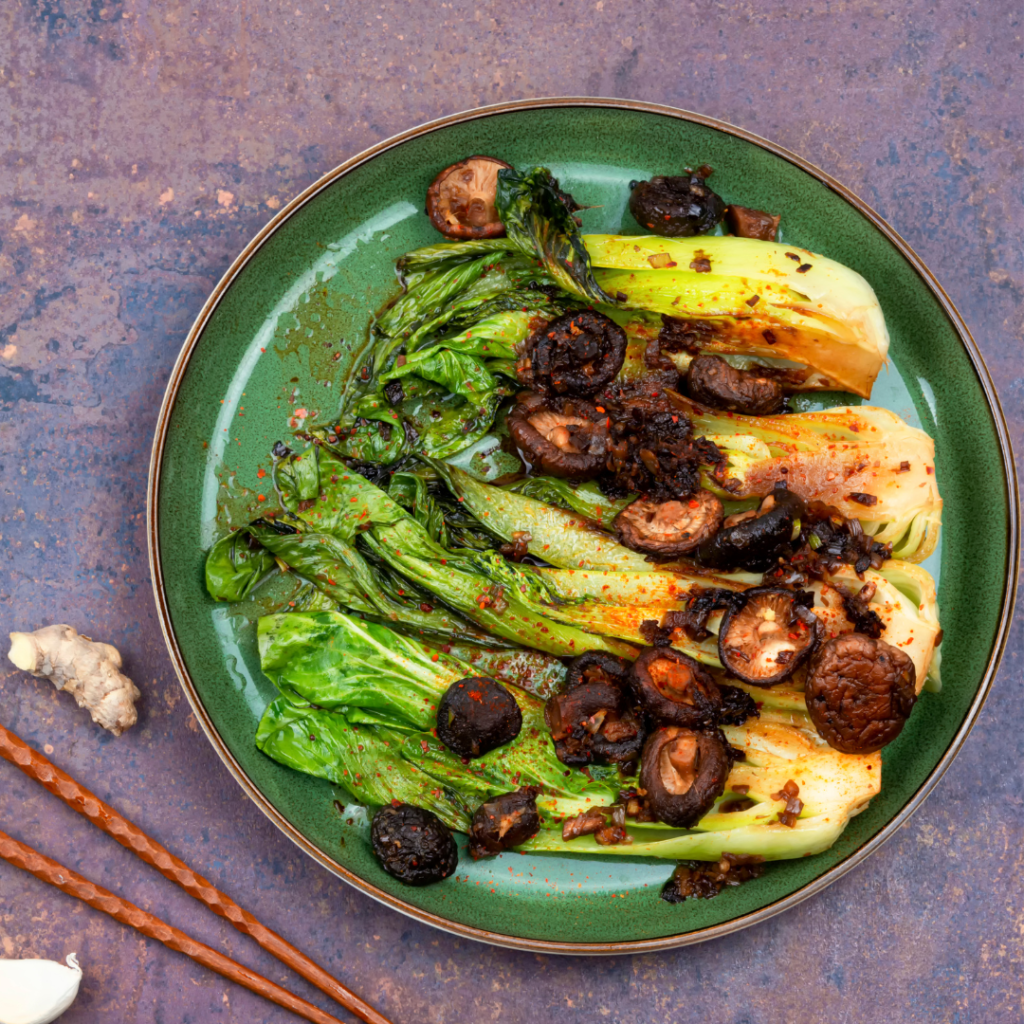
When we think of Asian greens, a picture of bok choy is what we usually imagine.
Bok choy (also called pak choi), a brassica, is a native Chinese vegetable and a variety of Chinese white cabbage. It is closely related to other cruciferous vegetables like rapini, broccoli, kale and Brussels sprouts. And it is, in fact, China’s most popular vegetable.
Bok choy resembles a fat leafy head of celery; green leafy-topped white stalks rising from a bulbous white base. Mature heads can be quite large and are ideal chopped for stir-fries and soups, even slaws. Baby bok choy are smaller, cuter and well-suited to grilling and roasting either whole or split in half.
Bok choy tastes a little like spinach, mild and vegetal, with a slight mineral and a pleasant touch of spicy bitterness that goes so well with a hint of something sweet.
Baby bok choy heads are a little sweeter and less fibrous than their grown-up versions. They range in size from three to six inches long and lend themselves perfectly to braising.
Both mature and baby bok choy can be eaten cooked or raw. Use the younger, sweeter leaves instead of lettuce in a sandwich or tossed in a green salad. A tasty slaw is easily made with finely shredded bok choy, julienned carrots and scallions tossed in an Asian-inspired dressing. Garlic, ginger, soy sauce, sesame seeds and oil and chili paste all love bok choy.
Gai lan, or Chinese broccoli, isn’t as widely available as bok choy, but it can be found in any Asian market. The earthy, slightly bittersweet flavour will quickly become addictive, especially prepared with hoisin or oyster sauce, adding a sweet counterpoint to the pleasantly bitter flavour and crunchy texture. Similar to broccoli rabe or rapini, it can be prepared in much the same way. The smaller stalks can be cooked whole while larger bunches should have their leaves separated, or chopped, to facilitate a quick cooking time.
As with any greens, look for firm, bright green leaves, leaving behind anything wilted or blemished. Use them as soon as possible. Loosely wrapped and unwashed, they will stay relatively fresh for up to a week.
Chinese celery has a stronger flavour than its western cousin with thinner stalks and darker leaves. With its more robust flavour and fibrous texture, this tasty green vegetable is best cooked in soups, stews and braises.
Chinese cabbage (napa cabbage) with its frilly, leaves and mild flavour is excellent as a slaw and can be used almost anywhere you might use a green or red cabbage.
Packed with fibre, low in calories and high in vitamins A and C, bok choy, gai lin and Chinese cabbage and celery add flavour, colour and crunch to any number of quickly prepared Asian-themed meals.
Roasted Bok Choy Recipe
Roasting brings out the inherent nutty flavour with the slightly charred leaves adding interesting dimension.
6 heads baby bok choy, halved lengthwise
½ litre (2 cups) sliced brown or white mushrooms
2 medium carrots, peeled and thinly sliced
30-45 ml (2-3 Tbsp) olive oil
3 ml (½ t) (or more, to taste) freshly ground black pepper
Start with a 200 C (400 F) degree oven. Place 6 heads of baby bok choy, cut side up, on a baking sheet. Scatter the mushrooms and carrots around and drizzle everything with good olive oil. Finish with plenty of freshly ground black pepper. Cook for up to 10 minutes, depending on the size of the heads, checking about halfway through, until the stalks and carrots are tender but still firm.
Dressing
9 ml (1½ tsp) sesame oil
20 ml (1½ Tbsp) soy sauce
12 ml (2 tsp) red wine vinegar
6 ml (1 tsp) (or more, to taste) sugar
12 ml (2 tsp) sesame seed
30 ml (2 Tbsp) finely sliced chives or scallions
In a bowl, combine soy sauce, sesame oil, red wine vinegar and sugar: drizzle over the still hot vegetables and top with a sprinkling of toasted sesame seeds and scallions.




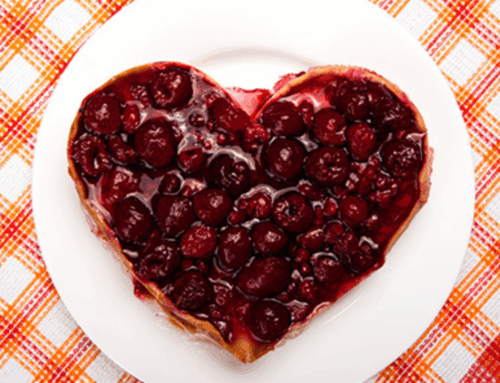
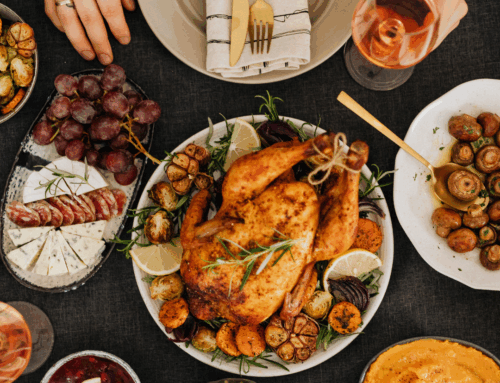
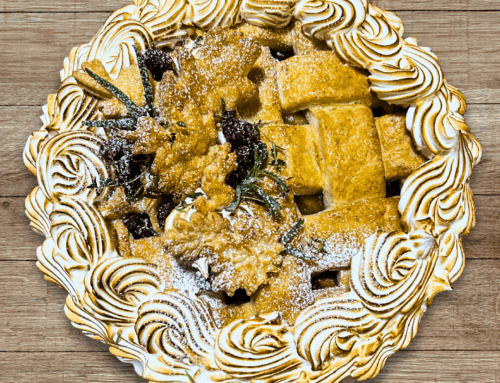
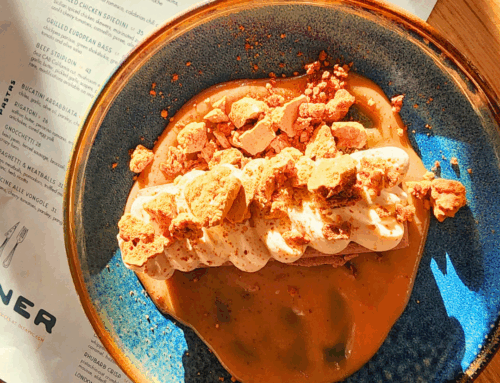
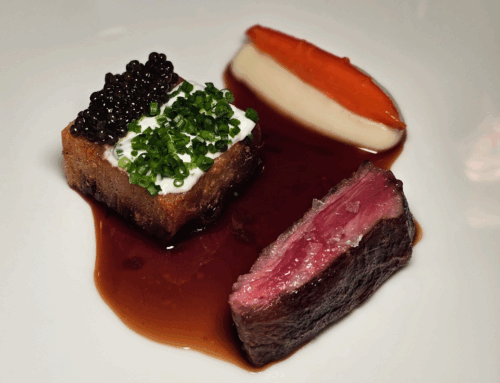
Leave A Comment